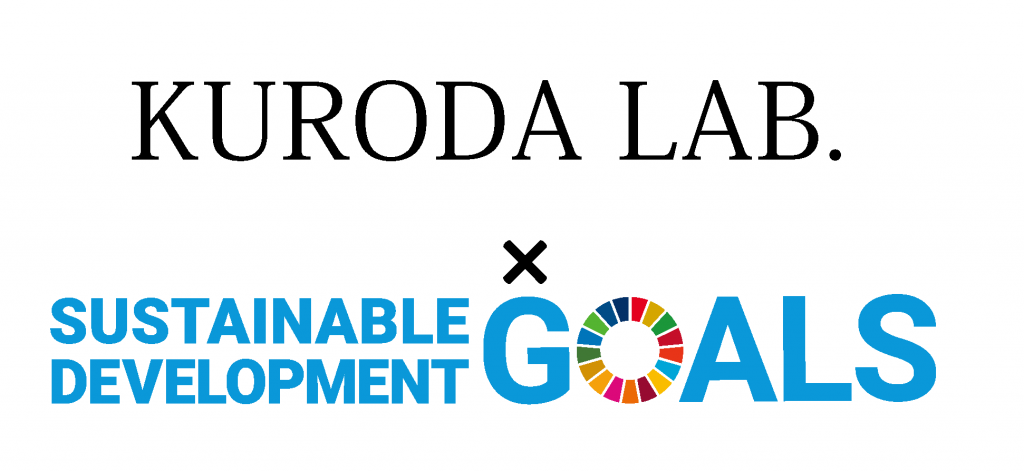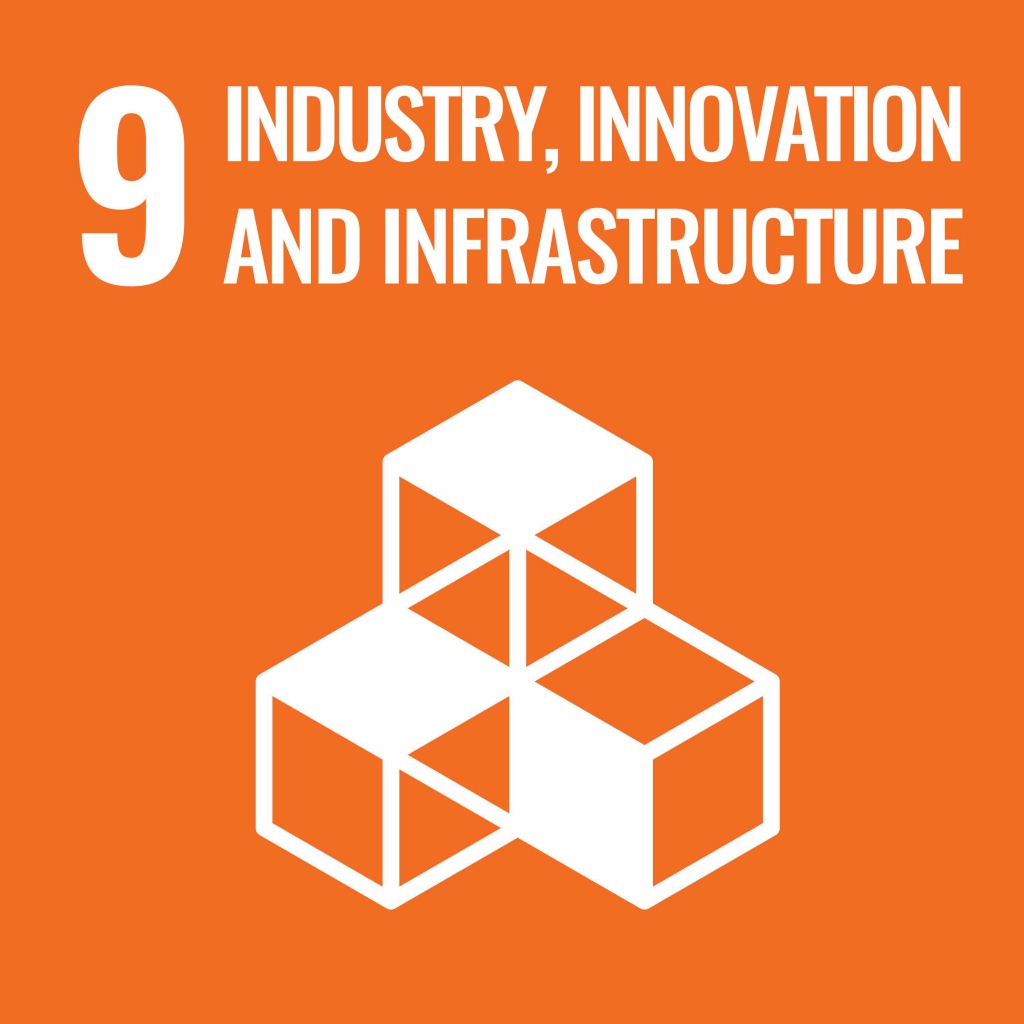We will achieve the SDGs by researching the science necessary for biopharmaceutical development.

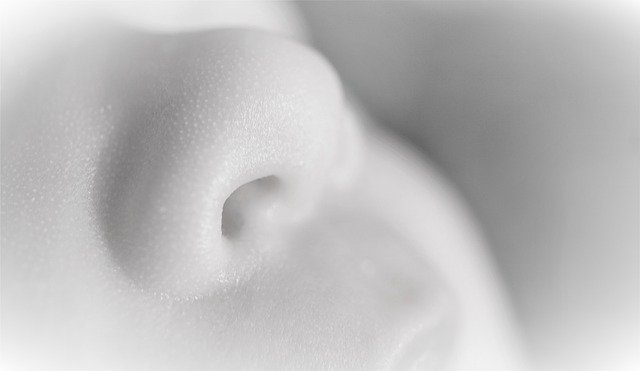
Digitization of Odor Information Using Human Olfactory Receptors
There are about 400 types of olfactory receptors (ORs) in humans, and they can recognize hundreds of thousands of odor molecules in the world, but how can a few ORs discriminate a huge number of odor molecules? For a long time, it has been a mystery why they can distinguish a huge number of odor molecules with only a few ORs. However, it has been a mystery for a long time why a small kind of OR can discriminate a huge number of odor molecules.
 Prof.KURODA
Prof.KURODAIf we can establish a method that can digitize all the smells we feel, it will become an important technology in the next generation of human-centric information society.
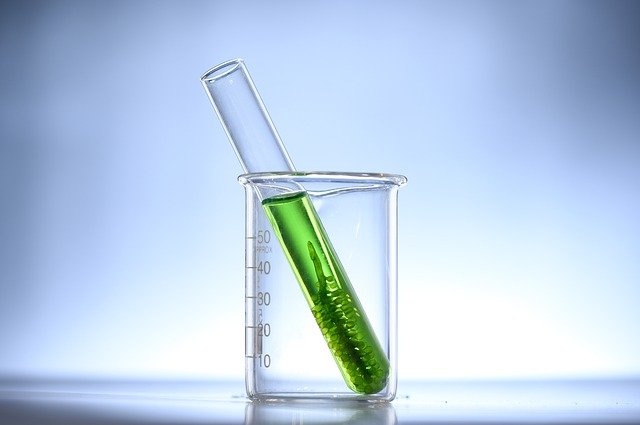

Pinpoint DDS using bionanocapsules
We are developing nanocarriers for DDS that can deliver drugs and genes with high efficiency and pinpoint accuracy only to the affected area in vivo.



By reducing the required amount of therapeutic drugs to 10% or less, it is possible to use drugs with strong side effects but high drug efficacy, for example.


Ultra-sensitive biosensor based on nano-level molecular alignment technology
By applying bionanocapsules, a nanocarrier for DDS, we have succeeded in aligning various biosensing molecules (antibodies, receptors, lectins, aptamers, etc.) to the sensor surface to achieve ultra-high sensitivity.



We are contributing to the development of technologies that make conventional bio-sensing technologies more sensitive and functional.


Quinone coenzyme biosynthesis by intramolecular post-translational modification
Coenzymes contained in enzymes with various physiological functions are usually supplied from the outside world, but there are some enzymes that are pre-encoded in proteins and generate coenzymes internally after translation. We aim to clarify this unique coenzyme production mechanism and utilize it in drug discovery technology.



Through the analysis of the mechanism of quinone coenzyme production, we have discovered the mechanism of cyclic peptide production necessary for drug discovery.
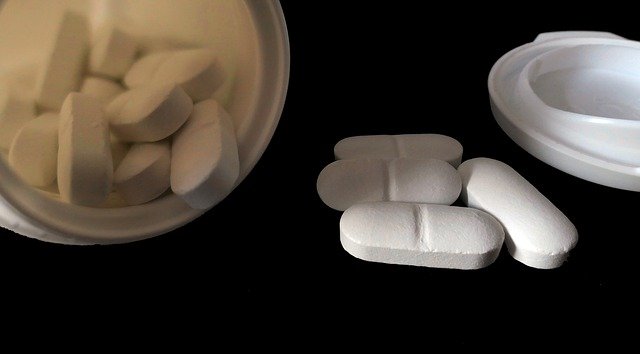

Development of New Antimicrobial Agents Targeting Component Transfer Systems
We are developing novel antimicrobial agents that target bacterial two-component signaling pathways involved in biofilm formation and pathogenicity using protein structural analysis technology.



We have already discovered a candidate compound, which is expected to be a seed for future drug discovery.
Giving Back to Society through the Development of Japanese sake from Osaka University to society
In cooperation with the Faculty of Engineering of Osaka University and VisGene, a venture company from the Institute of Industrial Science of Osaka University, we are developing a sake from Osaka University using the yeast library that has been in the possession of the Faculty of Engineering for a long time, with the aim of returning it to society. Already, the Graduate School of Bio-agricultural Sciences of Nagoya University has developed Nagomi Sakura, a pure rice sake from the Faculty of Agriculture of Nagoya University, using yeast obtained from the Yae-sakura cherry trees on the campus of the Faculty of Agriculture of Nagoya University, and has been selling it every year to people related to Nagoya University since 2010.

